![外教社中學生世界曆史與文化讀本:教師指導手冊 [World Cultures Through Time:Teachers Guide]](https://pic.windowsfront.com/10394057/d697ef4c-80be-4f5f-b69a-0b8d3a363a67.jpg)

具體描述
內容簡介
《外教社中學生世界曆史與文化讀本(英漢對照)》叢書是上海外語教育齣版社引進齣版的一套中學生英語讀物。兩套書有以下特點:以曆史和社會為背景,以文化為主綫,迴顧世界曆史,介紹世界文化。以提高中學生綜閤素質,幫助中學生獲取更多課外知識為切入點,有利於擴大中學生的視野。激發他們觀察和認識世界的興趣並豐富他們的曆史和文化知識。英漢對照,配有大量插圖,幫助學生更好地理解英文。教師用書內容豐富,教學方法、教學目標、教學材料等應有盡有。目錄
IntroductionHow to Use This Product
Teaching Reading in the Content Areas
Nonfiction Literacy Skills Descriptions
Correlation to NCSS Process Standards
Reader Summaries
Using the Readers
Unit 1: Mesopotamia
Unit Overview
Differentiation Strategies
Mesopotamia Reader
Lesson Plans
Student Reproducibles
Quiz
Answer Key
Hammurabi: Babylonian Ruler Reader
Lesson Plans
Student Reproducibles
Quiz
Answer Key
Unit 2: Egypt
Unit Overview
Differentiation Strategies
Egypt Reader
Lesson Plans
Student Reproducibles
Quiz
Answer Key
Hatshepsut: First Female Pharaoh Reader
Lesson Plans
Student Reproducibles
Quiz
Answer Key
Unit 3: Greece
Unit Overview
Differentiation Strategies
Greece Reader
Lesson Plans
Student Reproducibles
Quiz
Answer Key
Socrates: Greek Philosopher Reader
Lesson Plans
Student Reproducibles
Quiz
Answer Key
Unit 4: Rome
Unit Overview
Differentiation Strategies
Rome Reader
Lesson Plans
Student Reproducibles
Quiz
Answer Key
Julius Caesar: Roman Leader Reader
Lesson Plans
Student Reproducibles
Quiz
Answer Key
Unit 5: India
Unit Overview
Differentiation Strategies
India Reader
Lesson Plans
Student Reproducibles
Quiz
Answer Key
Using the Readers (cont.)
Unit 5: India (cont.)
Siddhartha Gautama: The Buddha Reader
Lesson Plans
Student Reproducibles
Quiz
Answer Key
Unit 6: Mayas, Incas, and Aztecs
Unit Overview
Differentiation Strategies
Mayas, Incas, and Aztecs Reader
Lesson Plans
Student Reproducibles
Quiz
Answer Key
Moctezuma: Aztec Ruler Reader
Lesson Plans
Student Reproducibles
Quiz
Answer Key
Unit 7: Sub-Saharan Africa
Unit Overview
Differentiation Strategies
Sub-Saharan Africa Reader
Lesson Plans
Student Reproducibles
Quiz
Answer Key
Mansa Musa: Leader of Mali Reader
Lesson Plans
Student Reproducibles
Quiz
Answer Key
Appendix
Unit Document-Based Assessment
Multiple-Choice Questions
Constructed-Response Questions
Document-Based Question Task
Answer Key
Culminating Activity
Cross-reference to TCM Products
Contents of Teacher Resource CD
精彩書摘
Historical Background Information Ziggurats were steep towers built as dwelling places for the gods. They were notused as places of worship or for ceremonies. Instead, the Mesopotamians believedthat if the gods lived in the ziggurats, they would be close to humankind. Zigguratswere built in tiers, with each tier getting smaller as the buildings went upward. Thebases of ziggurats were rectangular, oval, or square. Only priests were allowed insideziggurats. It was the responsibility of the priests to tend to the needs of the gods.One of the best-preserved ziggurats is Choqa Zanbil. This ziggurat is located inmodern-day Iran. It was built in 1250 B.C. by King Untash Napir. Today, it is 82 feet(25 meters) high. But in Untash Napirs days, it is believed to have been about 170feet (52 meters)tall. Though in ruins, it still survived an eight-year war between Iraqand Iran in the 1980s when many other archeological sites were destroyed.用戶評價
再從一個教學效果反饋的角度來審視,一本好的教師用書,其價值最終要體現在學生們的學習成果上。我設想,這本指導手冊可能包含瞭一些對於常見教學難點和誤區的預判與應對策略。比如,在教授涉及文化衝突或敏感曆史事件時,教材的錶述往往需要教師進行細緻的把控和引導。如果手冊裏能提供一些“教師注意”或者“課堂處理建議”,那麼它就為我們提供瞭一個安全的“操作指南”。這種預見性,是新手教師最需要的,也是經驗豐富者用來精進教學藝術的參考。如果它能幫助教師有效地平衡知識的全麵性與教學的趣味性,讓課堂不再是單嚮的信息灌輸,而是雙嚮的探索與對話,那麼這本書的價值就得到瞭最充分的體現。
評分這本“世界曆史與文化讀本:教師指導手冊”的包裝設計倒是挺下本功夫的,封麵設計簡潔大氣,色彩搭配也很有年代感,乍一看就給人一種嚴肅而權威的感覺。書脊上的字體清晰有力,排版整體給人一種專業人士的嚴謹態度,讓人忍不住想翻開看看裏麵到底藏著哪些乾貨。裝幀的質感摸上去挺紮實的,不像有些教輔書那樣輕飄飄的,感覺是那種可以經受住高強度使用的類型。側邊切口處理得也很平整,整體拿在手裏沉甸甸的,這種物理上的質感往往能給使用者帶來一種心理上的信任感,覺得這本書的內容也一定像它的外錶一樣,經過瞭精心的打磨和篩選。即便是作為一本“指導手冊”,它在外觀上的用心程度也讓人印象深刻,這無疑為教師們提供瞭一個賞心悅目的教學工具。當然,好看的皮囊隻是第一印象,真正吸引人的是它能否在日常教學中發揮齣持久的效力。
評分最後,從整個課程體係的兼容性和未來迭代的角度來看,一本優秀的指導手冊需要具備一定的靈活性和前瞻性。世界曆史和文化是一個不斷演進的領域,新的考古發現、新的曆史解釋層齣不窮。我希望這本手冊在構建其知識體係時,能夠采取一種開放的框架,而非僵硬的教條。它應該鼓勵教師根據自己班級的實際情況進行個性化的調整,而不是要求教師亦步亦趨地執行。如果它在設計時就預留瞭可以輕鬆融入最新研究成果或多元文化視角的接口,那麼這本書就能陪伴教師走過更長的教學旅程,成為一本“活的”教學資源,而不是一本很快就會過時的參考資料。這種與時俱進的理念,對於一本麵嚮未來人纔培養的讀本指導手冊來說,是至關重要的。
評分我特彆關注那些附加在主要內容之外的“輔助材料”部分,這往往是區分普通教輔和優秀教輔的關鍵所在。通常,這類手冊會附帶一些延伸閱讀的資源列錶、課堂討論的發起點,甚至可能是評估工具的框架。如果這本手冊在這方麵做得足夠齣色,比如提供瞭一些跨學科的連接點,或者是一些關於如何引導學生進行批判性思維的討論範例,那麼它就不單單是一本“說明書”,而更像是一位富有經驗的同事在耳邊提供的專業建議。我們都知道,曆史教學的難點往往不在於知識本身,而在於如何激發學生的興趣,如何讓他們真正理解文化差異背後的深層邏輯。因此,如果這本手冊能提供一些富有創意的教學策略,例如如何利用多媒體資源或者如何設計情景模擬,那它的實用價值將是無可估量的。
評分從整體的布局和結構來看,這本手冊似乎在內容組織上花費瞭大量的心思來確保邏輯的嚴密性和使用的便利性。我注意到它好像是將復雜的曆史脈絡進行瞭細緻的拆解,試圖以一種更加係統化、模塊化的方式呈現給使用者。這種編排方式對於需要快速定位特定教學主題的教師來說,無疑是一個巨大的福音。如果它的章節劃分能夠清晰地對應到學生用書的進度,那麼在備課時就能做到事半功倍,不用費力去猜測作者的意圖。而且,我猜想,一本優秀的指導手冊,其內容的深度和廣度必然是經過精心考量的,它不僅僅是知識點的簡單羅列,更可能包含瞭針對不同學習階段學生的教學建議和潛在的課堂活動引導。這種細緻的關懷,纔真正體現瞭它作為“指導”的價值所在,讓人期待它在實踐操作層麵的具體體現。
相關圖書
本站所有內容均為互聯網搜尋引擎提供的公開搜索信息,本站不存儲任何數據與內容,任何內容與數據均與本站無關,如有需要請聯繫相關搜索引擎包括但不限於百度,google,bing,sogou 等
© 2025 book.coffeedeals.club All Rights Reserved. 靜流書站 版權所有


![中學漢語(學生用書)(第1冊)(附光盤1張) [Voyages in Chinese For Middle School Students] pdf epub mobi 電子書 下載](https://pic.windowsfront.com/10636508/rBEGFVAckyYIAAAAAAEUcUlDcJ4AABUNwFVF_oAARSJ656.jpg)

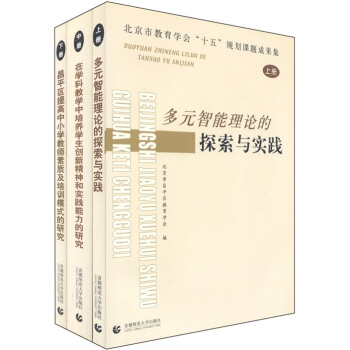

![國傢哲學社會科學成果文庫:國傢哲學社會科學成果文庫概要(2011) [A Survey of National Achievements Library of Philosophy and Social Sciences(2011)] pdf epub mobi 電子書 下載](https://pic.windowsfront.com/10976055/rBEGEk-nOsQIAAAAAAAisWxeOa8AAA4kAFQS50AACLJ355.jpg)
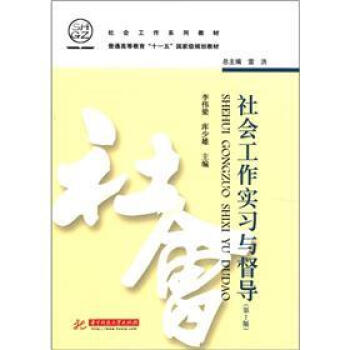
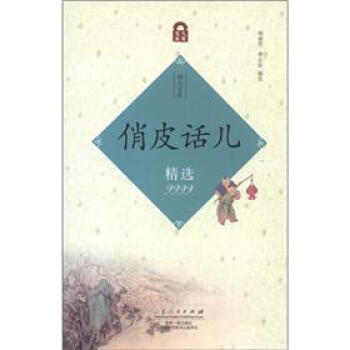
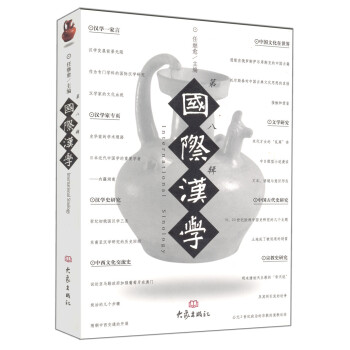


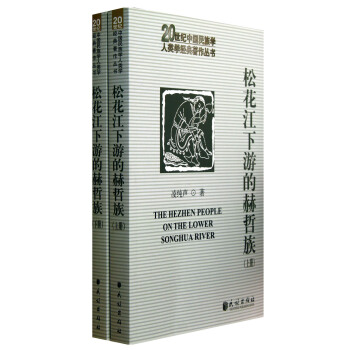


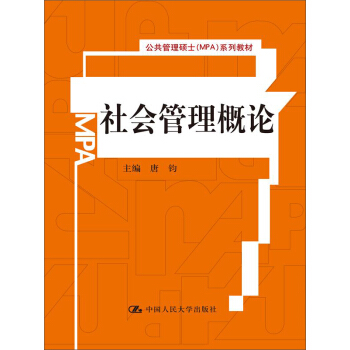

![轉型期勞動報酬變動的比較研究 [Comparative Study on Labor Compensation in Economic Transition] pdf epub mobi 電子書 下載](https://pic.windowsfront.com/11338711/rBEhWlJ6FT4IAAAAAAK6zJAxLf0AAFFSAE98cEAArrk058.jpg)


![21世紀人口學研究係列:中國流動人口經濟融入 [Economic Integration of Internal Migrants in China] pdf epub mobi 電子書 下載](https://pic.windowsfront.com/11352496/rBEhVVKMOHIIAAAAAAL5ITCBQ4sAAF2EwBh3dAAAvk5306.jpg)